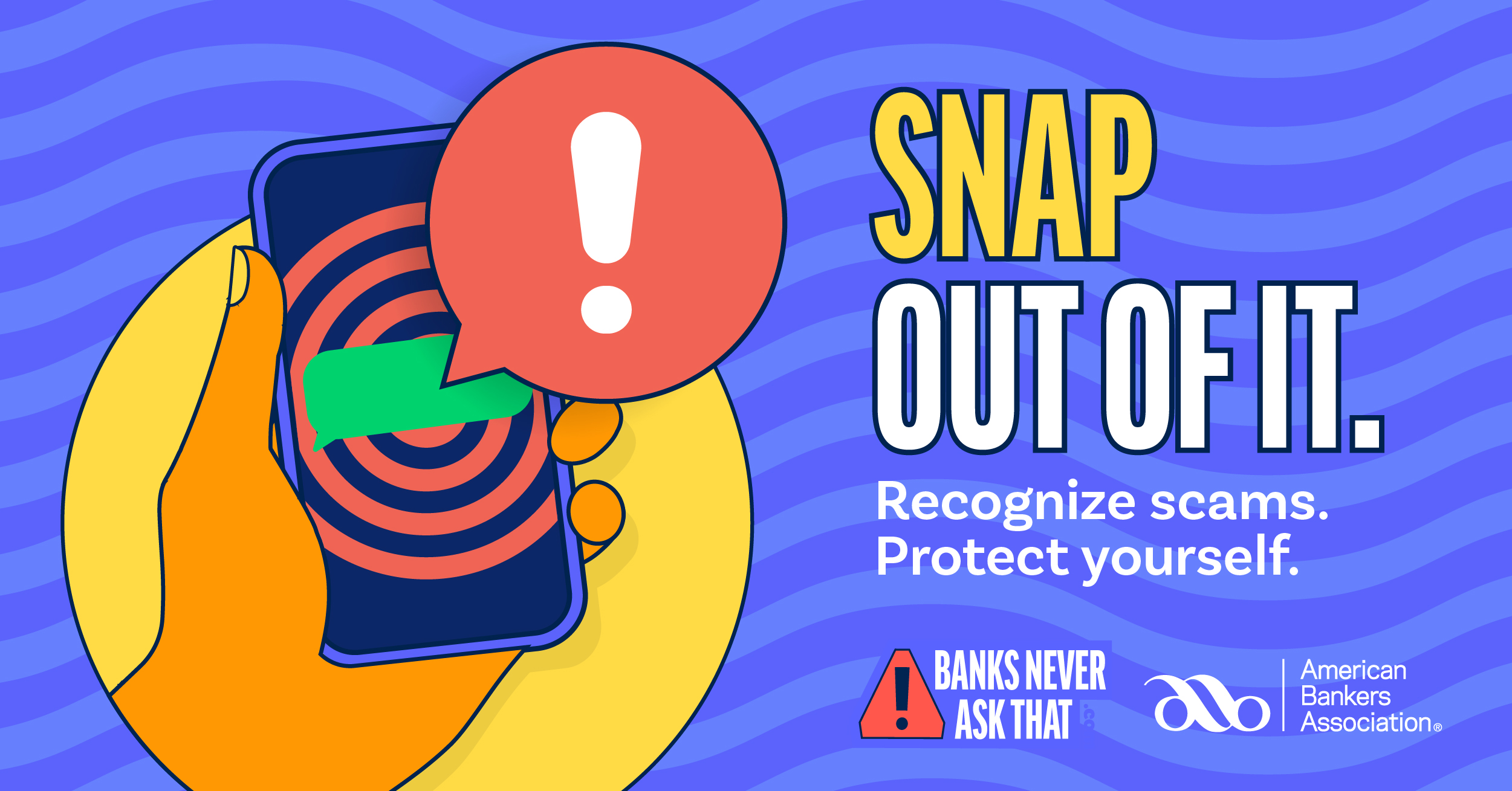
Don't fall for fake. Keep your money safe by learning the red flags of phishing.
Every day, people fall victim to fraudulent emails, texts, calls, and payment app requests from scammers pretending to be their bank.
That’s phishing.
How bad is it?
Consumers lost over $12.5 billion from phishing and other scams in 2024 — a 25% increase since 2023.
So what can you do?
- Learn to spot the red flags of phishing scams.
- Defend your accounts against future threats.
- Take action if you think you've been a victim to a scam.
1. Learn to spot the red flags of phishing scams.
The Red Flags of
Phishing Emails
Watch for these red flags:
- Suspicious email address
- Typos or unusual grammar
- Urgent language
- Hyperlinks — never click them
- Attachments — never open them
The Red Flags of
Payment App Scams
Stay safe with these tips:
- Be wary of texts or calls about payment apps
- Use payment apps to pay friends and family only
- Raise the alarm on urgent payment requests
- Avoid unusual payment methods
The Red Flags of
Phone Call Scams
Stay safe with these tips:
- Watch out for a false sense of urgency
- Never give sensitive information
- Don’t rely on caller ID
The Red Flags of
Phishing Texts
Watch for these red flags:
- Unusual phone numbers —your bank will only text from a 4-5 digit number
- Hyperlinks — your bank will never ask you to log into your account by texting a link
- Odd grammar
- Scare tactics and urgent language
- Texts asking you to open a link
2. Beef up your defenses.
MFA
Set up multi-factor authentication on your logins.
Strong Passwords
Use random or complex passwords.
Updated Browsers
Keep your browsers up-to-date with the latest defenses.
Use Antivirus
Use defenses like virus protection and malware alerts.